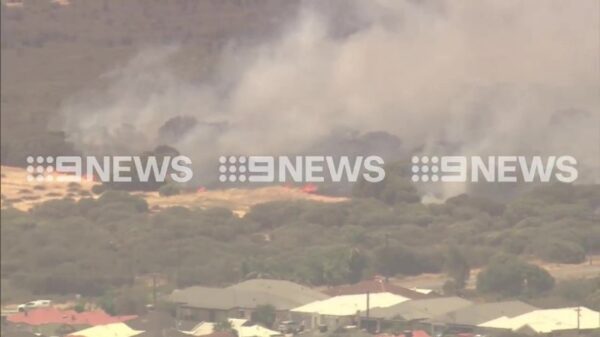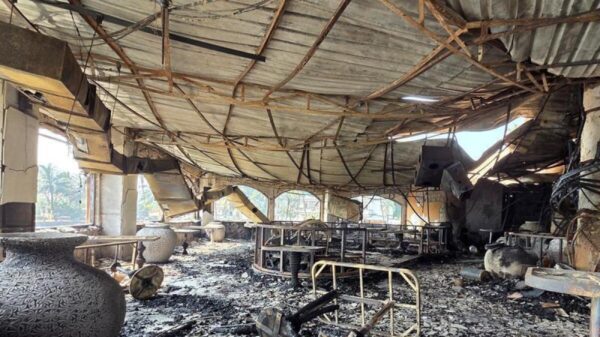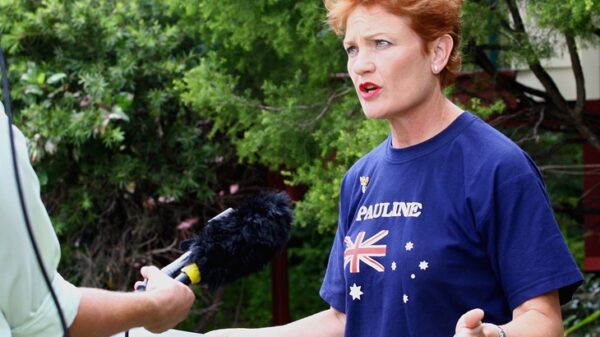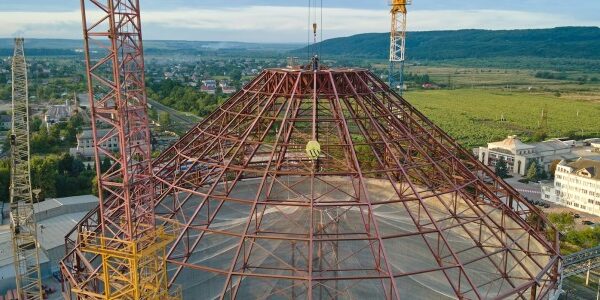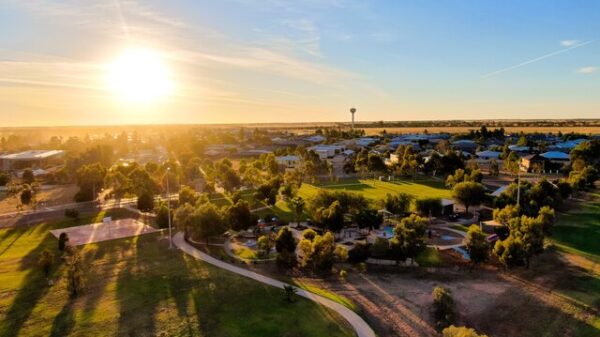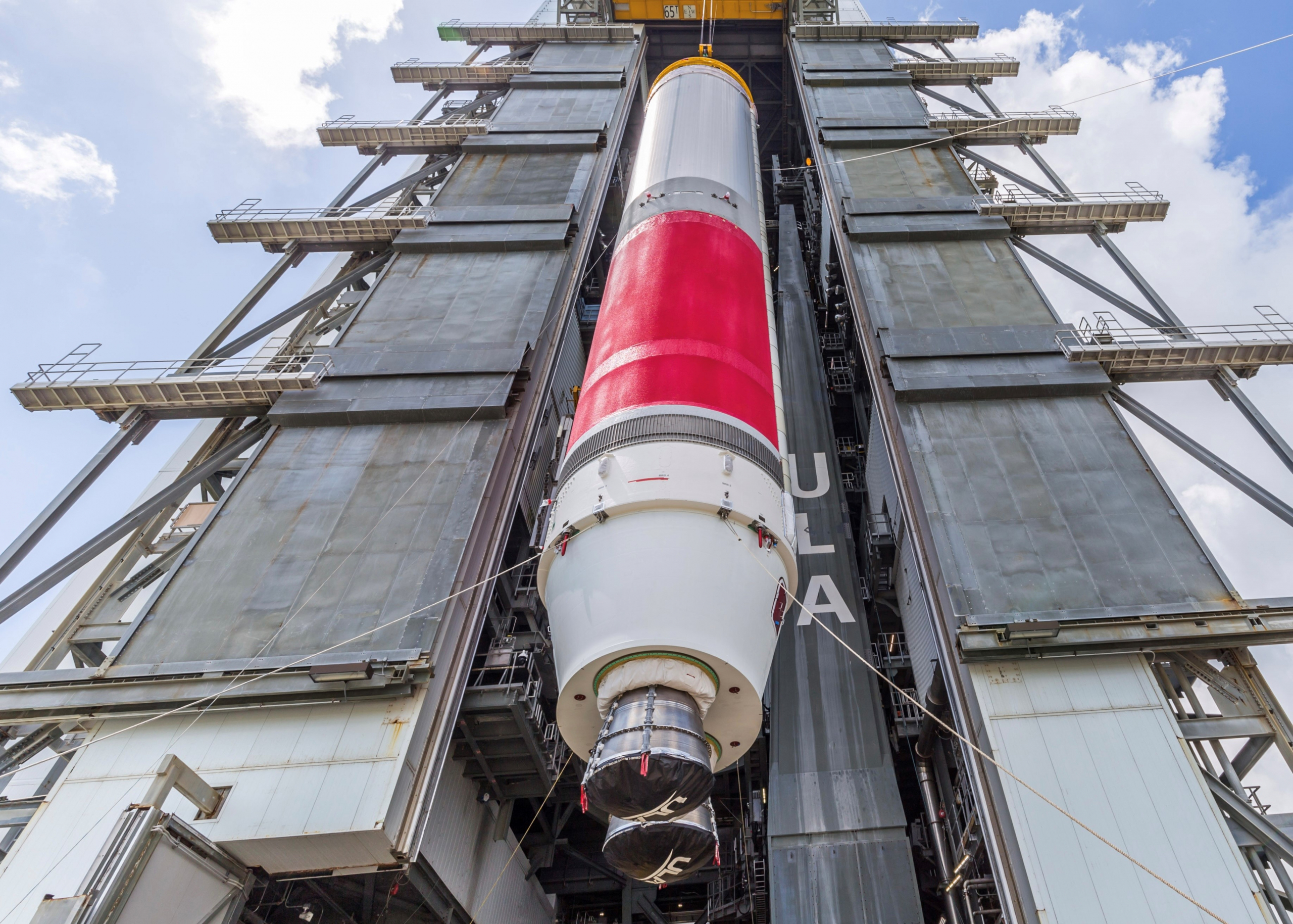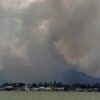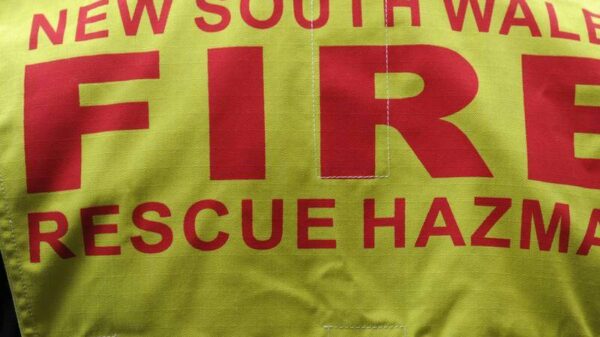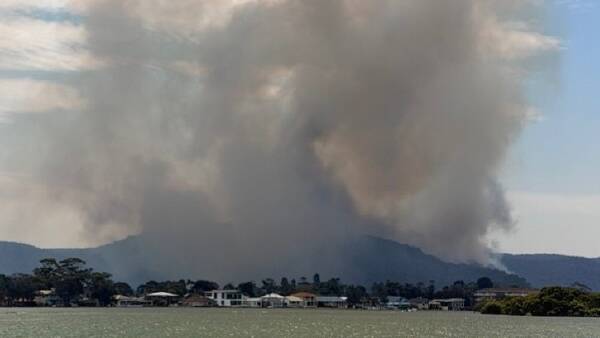United Launch Alliance (ULA) is gearing up for its inaugural national security launch with the Vulcan rocket, following a comprehensive investigation into a prior mission anomaly. The issue, which occurred during Vulcan’s second flight in October 2024, involved a detached nozzle from a GEM-63XL solid rocket booster (SRB) due to a manufacturing defect. Despite this, the mission successfully reached orbit, and corrective measures are now in place. ULA is preparing to launch the USSF-106 mission, which marks Vulcan’s entry into National Security Space Launch (NSSL) missions.
Vulcan’s Enhanced Configuration for USSF-106
The upcoming USSF-106 mission will utilize the VC4S configuration of the Vulcan rocket, which features four GEM-63XL SRBs, each delivering 2,044 kN of thrust. Manufactured by Northrop Grumman in Utah, these boosters will complement the two Blue Origin BE-4 engines on the core stage, each providing 2,400 kN of thrust at sea level. The BE-4 engines are produced at Blue Origin’s facility in Kent, Washington, ensuring robust performance for this critical launch.
The mission aims to deliver two national security satellites directly into geosynchronous orbit from Space Launch Complex-41 (SLC-41) at Cape Canaveral, Florida. This direct injection method, powered by the Centaur V upper stage, allows the satellites to maximize their fuel for extended operational lifespans. The forward payload remains classified, while the aft payload is the NTS-3 satellite, a navigation technology demonstrator developed by the Air Force Research Laboratory.
Advancing ULA’s Launch Capabilities
Beyond USSF-106, ULA is poised to expand its Vulcan launch portfolio. The USSF-87 mission, using the same VC4S configuration, is slated for the third quarter of this year. This mission will deploy the Geosynchronous Space Situational Awareness Program (GSSAP) satellites, enhancing space surveillance capabilities. Additionally, the KV-01 Project Kuiper mission will debut Vulcan’s VC6L configuration, capable of lifting up to 27,200 kg to low-Earth orbit (LEO), showcasing Vulcan’s versatility with advanced payloads.
Despite delays, ULA is optimistic about increasing its launch cadence in the latter half of 2025. The company has ambitious plans, including the first flight of Sierra Space’s DreamChaser Tenacity on a Vulcan VC4L and further Kuiper and NSSL missions. These developments signify a pivotal period for ULA as it strengthens its position in the competitive space launch sector.
The USSF-106 mission represents a significant milestone for ULA, underscoring its commitment to national security and technological advancement in aerospace. The successful execution of this mission will solidify Vulcan’s role in delivering critical payloads for the United States, enhancing the nation’s space capabilities.





